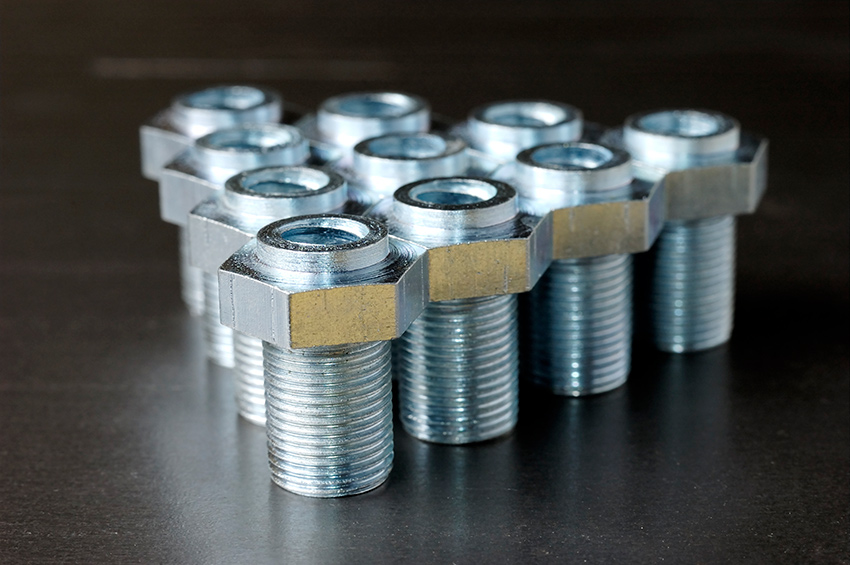The journey of a plastic injection molded part transforming from the spark of an idea into a physical product begins long before a mold is filled with resin. And it’s in the earliest stages of that cycle where some of the most critical part considerations are made. Because in those early stages of the process, a balance needs to be struck between the creative vision and technical requirements as the idea for a new part takes shape, which requires finding ways to bridge the gap between what’s possible and what’s realistic to manufacture. Which is exactly where the engineering and design phase for part production comes into play.
Engineering and design are the disciplines that translate an idea from what is imagined into what is possible. These two areas of expertise are responsible for creating a tool design from the initial plans that is capable of producing quality, ready-to-use parts at scale while remaining cost effective, efficient, and true to the original vision of the client. And that is why the engineering and design phase is the two most important step in part production — because it ensures that the part as imagined is the part manufactured.
Materials, Gates, and Design Considerations
It’s during the engineering and design phase that a number of aspects about the finished part are finalized for production. For instance, this is point of the process when the material or materials are chosen that will be used to manufacture the part. Not all resins carry the same properties or mold the same way, so choosing the correct plastic for the part is imperative. Careful attention needs to be paid to how the part will be used, how it needs to look, and any industry regulations regarding materials that need to be taken into consideration before a material is finalized.
Once chosen, the material can affect how the mold is then designed. For example, the placement and amount of gates may need to be adjusted to account for mold injection flow speed and pressure. Alternately, the design may need to be adjusted to reduce the wall thickness or insert ribs that help balance out material shrinkage as the part cools.
All of these potential choices, adjustments, and tweaks play an important role in both part and manufacturing fidelity. Achieving the ideal look, feel, and performance of a part relies on making specific choices during the engineering and design phase to avoid costly rework and to ensure the part is manufactured as expected.
Efficient Production and Reduced Defects
Putting more time and attention into the engineering and design phase can also be more cost effective for clients in the long run. Spending the extra time working with experienced professionals during the engineering and design phase to be certain that the design is ideal helps the actual manufacturing process run more efficiently. This is due to avoiding iterative changes between production runs to correct design issues, as well as an overall reduction on part defects by ensuring the tooling is optimized for both the defined part and material specifications.
This greater attention to detail also helps create a mold that will be able to be reused for longer, helping clients maintain a more cost effective manufacturing cycle. Furthermore, depending on the complexity of the part, decisions made during the engineering and design phase can help eliminate the need for part finishing after manufacturing by rolling those aspects into the manufacturing phase through design and engineering modifications. This saves additional money and improves the speed to market for the part.
Tackling engineering and design for plastic injection molding can be difficult for in-house designers and engineers that are less familiar with the injection molding process. Fortunately, Hansen Plastics Corp. has a tool design department that utilizes the latest technology, software, and design trends to work with customers to achieve their perfect part vision. Because Hansen Plastics Corp. is dedicated to partnering with customers fully to realize their greatest potential and increased business success, together. HPC works with customers to reap the benefits of early design involvement, including optimizing part design and mold construction to mold parts that exceed quality standards, perform exceptionally, and that are manufactured to meet tight client deadlines.
For over 50 years, Hansen Plastics has been committed to building long-lasting relationships with customers, which requires unwavering dedication to quality and consistency in injection molding, to help establish and retain trust. If you are looking for a trusted, experienced plastic injection molder to handle your products, reach out to HPC today, or visit HansenPlastics.com for a full view of HPC’s capabilities.



